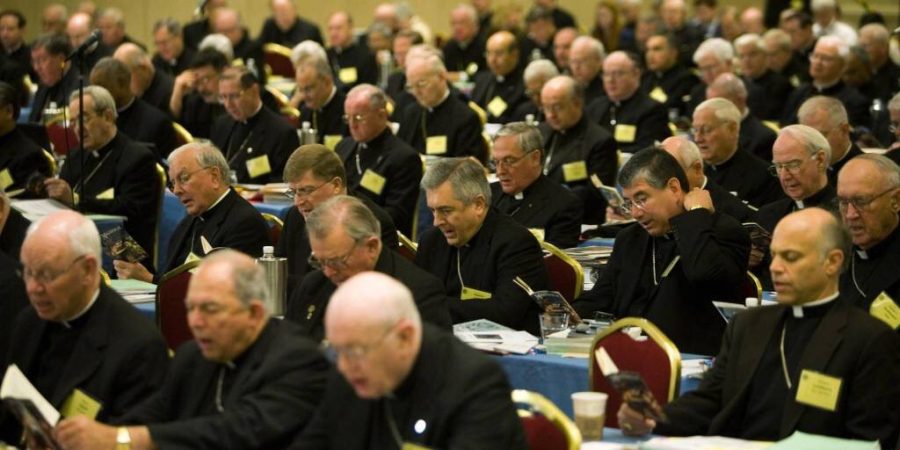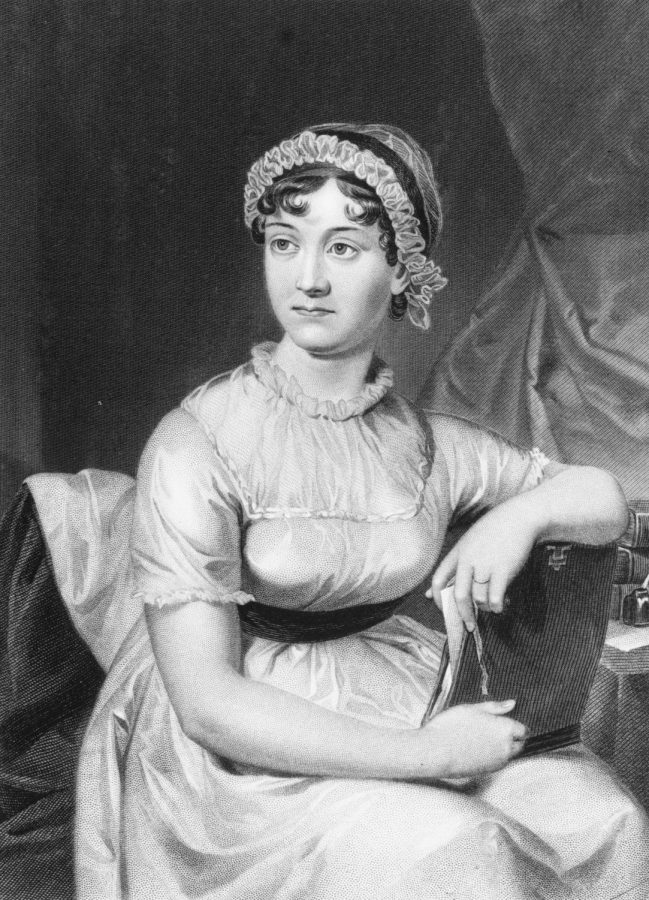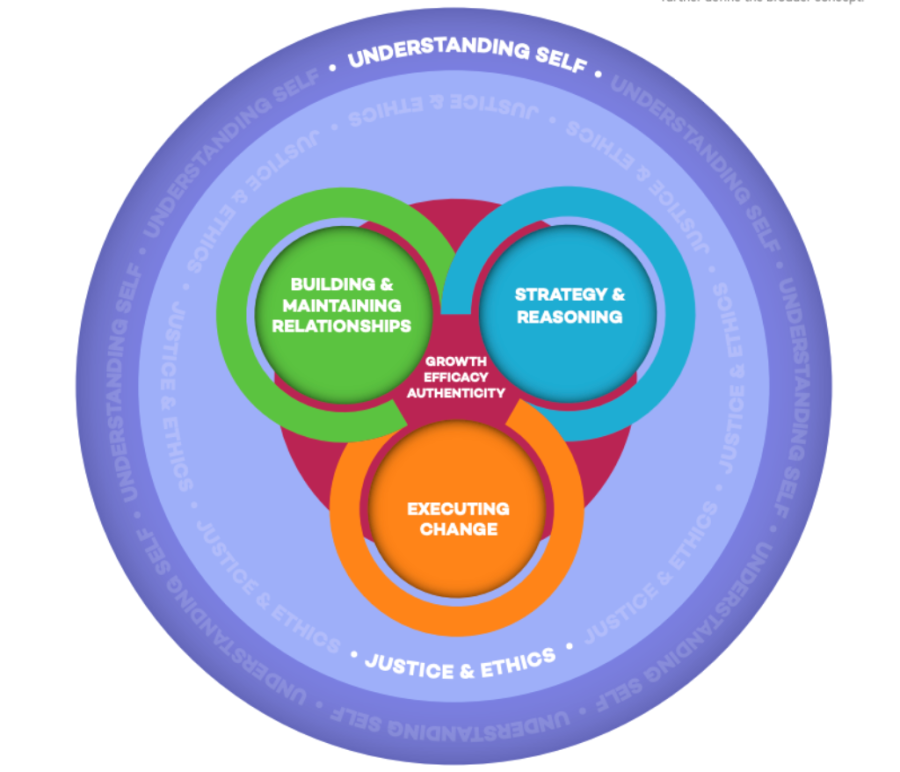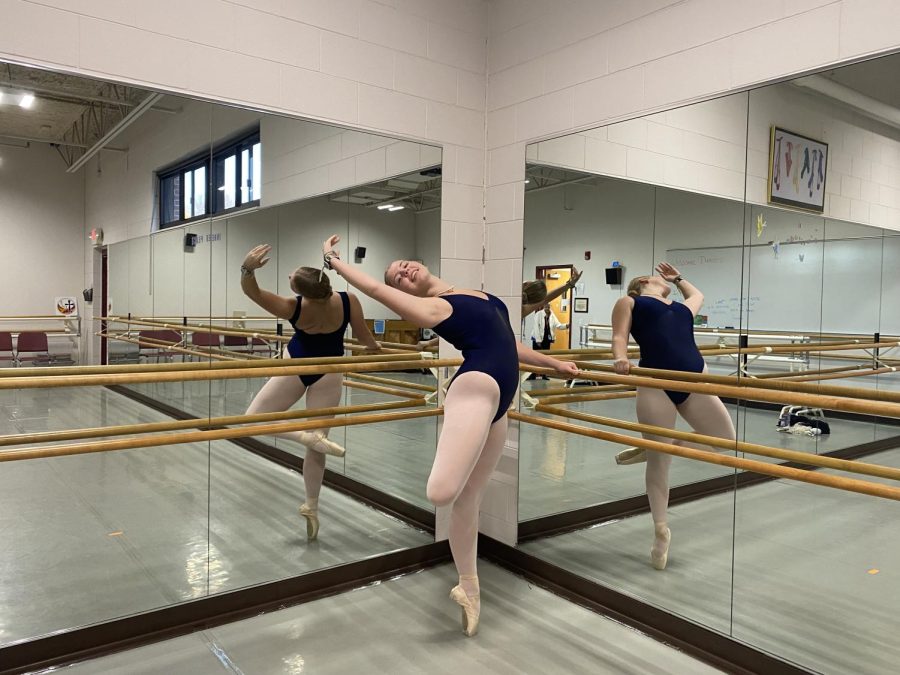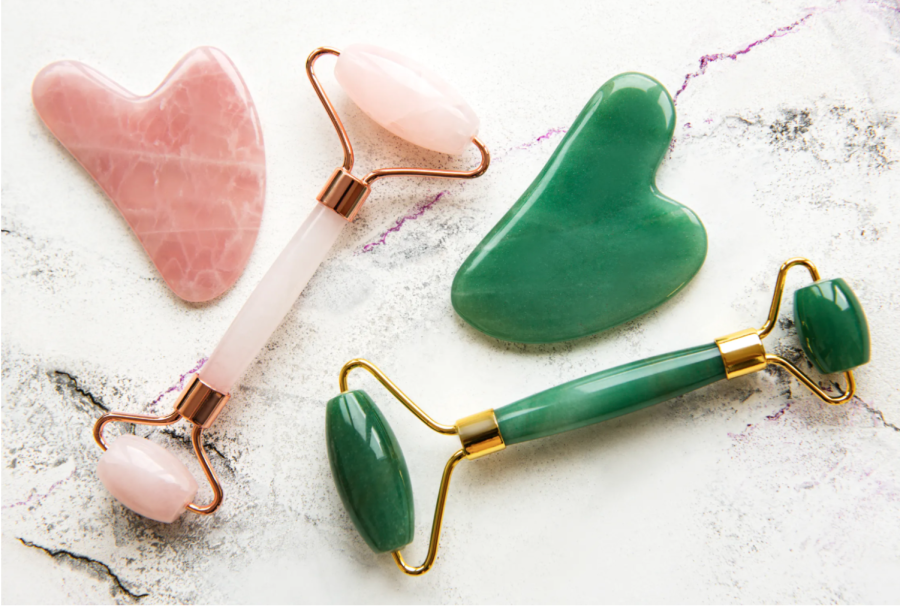Before I begin, I would like to say that I am not against the Catholic Church. In fact, I am a strong believer in the Catholic Faith. I simply feel that if you care enough about something, you seek to address its flaws and work to promote change rather than attempting to ignore it. As Canon Law states, “The faithful have “the right and even at times the duty…..to make their opinions known to the rest of the Christian faithful (Canon 212). The Catholic Church is made up of humans and as God has made known to us, humans are inherently good but also inherently flawed.
I was raised Catholic and have been going to Catholic Schools my whole life. I am an altar server and Eucharistic minister, and I have served as a cantor and lector as well. As a Catholic, my faith is an incredibly important aspect of my life and something that I would consider to be part of my identity. However, as a woman, my faith has also been something that I have struggled to see myself fully embracing as being a woman is also part of my identity.
That being said, I believe that it is imperative that the Catholic Church allow women of faith to be ordained into the priesthood, just as men are allowed to be ordained.
Representation matters in all facets of life: politics, education, literature, the arts, STEM, and the same holds true for religion. The Catholic Church by nature is a tradition-oriented institution. The tradition of the Catholic Church includes men being priests and deacons, those allowed to say mass and given the task of acting as, “a derivation, a specific participation in and continuation of Christ Himself, the one High Priest of the new and eternal Covenant.” (Pastores dabo vobis, 12). While I recognize and appreciate many traditions of the Catholic Church, continuing one age-old ideal in particular, simply for the sake of tradition, seems unproductive.
Under the Catholic Church, women are barred from being ordained into the priesthood or diaconate life. This also entails that women are not allowed to participate in the Synods of Bishops or Vatican Synods, an important role of ordained bishops to provide counsel to the Pope on current issues facing the Church. When making decisions for all 1.3 billion Catholics in the world, it would be important to include the women who make up around half of the population of Catholics in these discussions. Pope Francis spoke on the roles of women in a homily on the feast day of Mary, the Mother of God, saying, “The woman is a giver and mediator of peace and must be fully involved in decision-making processes because when women can share their gifts, the world will find itself more united and more at peace.” Allowing women to be leaders within the Catholic Faith promotes the dignity of women.
Secondly, being that a primary role of bishops is to evangelize and expand the Catholic Faith, it would be in the Church’s best interest to include women in leadership roles as it would increase the Church’s membership. A little over 10% of people who were raised Catholic leave the Catholic Church each year, with the lack of involvement in women’s roles being one of the top 4 reasons as seen through Pew Research’s scientific poll.
Some argue that since Jesus only selected men as the Twelve Apostles, therefore, only men can adequately serve in the priesthood. However, while the Twelve Apostles were given the title of being Jesus’ followers, other women in the Bible were given the responsibility of sharing the Gospel message just as the Apostles were such as Mary Magdalene. In fact, Mary Magdalene and the other women at the tomb were the first eye-witnesses to Jesus’ Resurrection and were instructed to go tell the others. As USC’s Campus Minister, Tricia Tembreull says, “The greatest truth our world has ever known was announced to women who shared it with the world.” It wasn’t a coincidence that the revelation of Jesus’ Resurrection was first shown to women. Rather, it was God’s way of calling women to partake in the spreading of God’s word.
In regards to tradition, many argue that since priests are intended to reflect Jesus and act as mediators between God and people, Jesus has been historically proven to be a man. Therefore, the only way that priests can accurately be reflecting Jesus is to also be a man. However, it has also been historically proven that Jesus was a Middle Eastern Jew. So if this argument were used, would that mean that white people couldn’t be priests as it would not accurately represent Jesus? Now at this point, you are most likely shaking your head and thinking, well, of course not. The same holds true for gender. The aspect that made Jesus the embodiment of God and the Emmanuel wasn’t because of his gender, it was because of his divine nature. To say that the only way that priests and deacons can act as true reflectors of Jesus is if they are men places too much of an emphasis on the humanity rather than the divinity of Jesus.
There has been progress made for women’s roles in the Church. In January of 2020, Pope Francis named Dr. Francesca Di Giovanni as the Undersecretary for Multilateral Affairs in the Vatican Secretariat of State. This marked the very first time a woman has ever held a managerial position in the Secretariat of the Vatican. While it is a step forward in the Church’s involvement of women, in my opinion, it is long overdue.
To conclude, as a Catholic Woman, I implore the Catholic Community and our Church leaders to examine why excluding women from the role of priesthood and diaconate life is the best option for our faith. Including women in these roles only benefits the Catholic Church through more women feeling welcomed and represented in the Church and allowing the voices of women to be more uplifted in the Church. Lastly, I leave you with a quote from the Late Archbishop Leo C. Byrne of the Diocese of St. Paul and Minneapolis who states, “Women are not to be excluded from any service to the Church, if the exclusion stems from questionable interpretation of Scripture, male prejudice, or flawed adherence to merely human traditions that may have been rooted in the social position of women in other times.”
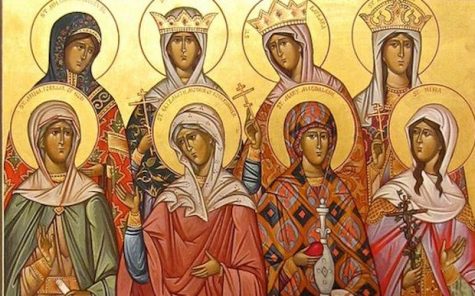
Sources:
https://www.americamagazine.org/issue/100/women-church-vatican-ii
https://www.womensordination.org/about-us/our-story/#
https://press.vatican.va/content/salastampa/en/bollettino/pubblico/2017/04/06/170406e.html
https://press.vatican.va/content/salastampa/en/bollettino/pubblico/2020/01/15/200115c.html
https://www.youtube.com/watch?v=os8M9ln2cM0
https://www.catholicweekly.com.au/the-indispensable-role-of-the-priest/
https://www.cbc.ca/news/world/vatican-commission-women-church-1.5526008

